


Book Your Free Consultation Today!
Home » About Australia » About Australia » Education




Australia’s educational system is structured into three primary categories: primary, secondary, and higher education. Primary education, encompassing kindergarten, and secondary education, are compulsory stages in this system. Students can pursue higher education at some of the country’s top schools and universities after completing these foundational stages.
As of 2021, Australia boasts 37 top universities, ranking six among the top 100 institutions worldwide. Whether public, private, or international, all Australian schools are committed to delivering high-quality education. In 2023, Australia holds the highest rank on the UNDP’s Education Index, underscoring the nation’s dedication to providing excellent education for its youth. However, it’s essential to note that pursuing studies in Australia can be financially demanding, especially for international students.
The Australian Qualifications Framework (AQF) serves as the governing body for qualifications within the Australian education and training system, spanning higher education, vocational education, and schools. It establishes a comprehensive national framework, clarifying student learning outcomes and pathways. The AQF plays a crucial role in maintaining consistency and coherence across various educational sectors, contributing to the overall quality and integrity of the Australian education system.
The AQF provides an integrated policy that comprises:
- The learning outcomes for each AQF level and qualification type
- The specifications for the application of the AQF in the accreditation and development of qualifications
- The policy requirements for issuing AQF
- The policy requirements for qualification linkages and student pathways
- AQF qualifications and qualification pathways
- The policy requirements for the addition or removal of qualification types in the AQF, and the definitions of the terminology used in the policy.
AQF incorporates the qualifications from each education and training sector into a single comprehensive national qualifications framework.














